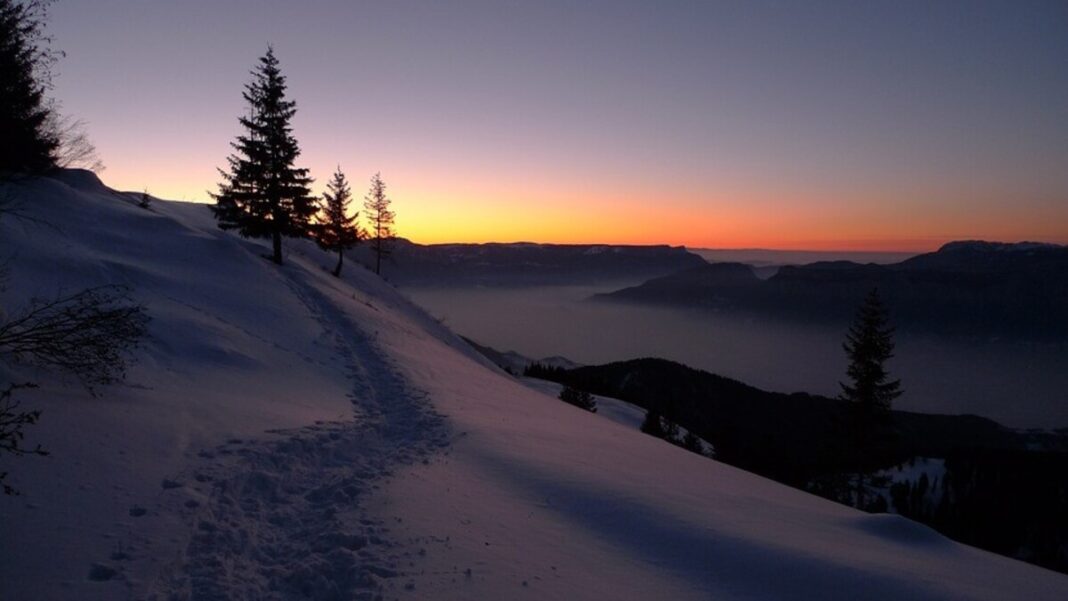INDIA: The winter solstice, the shortest day and longest night of the year, is upon us once again.
This astronomical event, which marks the beginning of winter in the Northern Hemisphere and summer in the Southern Hemisphere, occurs when the sun shines directly overhead on the Tropic of Capricorn.
The countries in the northern hemisphere are at their farthest from the sun due to the rotation around the sun and its polar tilt of 23.5 degrees.
The people in the northern hemisphere witness a southward shift in the path of the sun throughout the day, and the opposite is true for the people in the southern hemisphere.
The sun moves from the northern to the southern hemisphere and back again because of this phenomenon, which causes the seasons to change.
For those in the Northern Hemisphere, the winter solstice marks the longest night of the year and the shortest day, with the sun rising later and setting earlier than any other day. This year, the winter solstice will occur on December 22nd at 9:32 a.m. IST.
The winter solstice has been celebrated by many cultures throughout history and is still observed by some today. In ancient Rome, it was celebrated as the festival of Saturnalia, which was a time of feasting and gift-giving.
In ancient Egypt, the winter solstice marked the birth of the sun god Ra and was celebrated with a festival called the Festival of Ra.
In many cultures it is also associated with the return of the sun and the promise of longer days to come.
In the Northern Hemisphere, the winter solstice marks the turning point towards spring and the return of longer, warmer days. This is why many cultures, including the ancient Celts and Native Americans, celebrated the winter solstice as a time of renewal and hope.
Today, the winter solstice is still celebrated by many people around the world. In the United States, it is often marked with celebrations such as the lighting of the Yule log, the decoration of Christmas trees, and the exchange of gifts.
In many other parts of the world, the winter solstice is also celebrated with festivals, bonfires, and other traditions.
In addition to its cultural and spiritual significance, the winter solstice is also an important event for scientists and astronomers.
The winter solstice is used to mark the beginning of winter and to calculate the length of the seasons. It is also used to study the earth’s tilt on its axis and the movements of the sun and other celestial bodies.
So, as we bid farewell to the longest night of the year and welcome the return of the sun, let us take a moment to appreciate the winter solstice and all that it represents.
Whether you are celebrating with friends and family or simply enjoying the beauty of the winter season, the winter solstice is a time to embrace the darkness and look forward to the light and warmth of the coming year.
Also Read: NASA Releases New Image of Jupiter’s Moon Io



